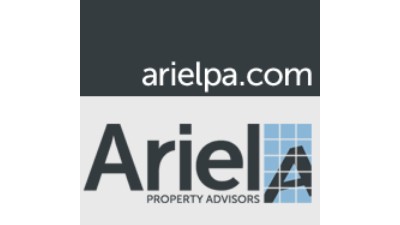Q&A With Ariel Brass On The (Nonexistent) 2015 Hangover

To quote Uncle Junior from The Sopranos, “You guys see market downturns under your bed at night.” That might have been more of a paraphrase, but if a member of the Ariel Property Advisors team had their say, that’s likely how the line would have been written. President Shimon Shkury, VP Jesse Deutch and VP Howard Raber agree that the 2015 hangover is a boogeyman and caught up with Bisnow to tell us why.
Bisnow: What surprised you most about the 2016 market so far?
Shimon: Our Q1 numbers continued to show multifamily prices on pace or up from 2015 figures across the boroughs, despite some doom and gloom you'll read about in the headlines. Well-priced properties are moving into contract at a steady clip and any slowdown we're seeing in sales volume is the result of lacking supply, not demand.
Bisnow: What is driving the market now? What is different about this cycle when compared to the peak in 2007?
Shimon: The biggest difference is that today's market is being driven by equity as opposed to debt. Free-flowing information has also made investors more sophisticated to the point that they seek investments throughout the boroughs and aren't confined to narrow submarkets.
As a result, when you compare 2015 to 2007 sales figures, you’ll see that the outer boroughs claimed a larger market share in terms of dollar volume. For example, Brooklyn accounted for 14% of dollar volume in 2015, compared to the 6% share it claimed in 2007. Likewise, Queens accounted for 6% of dollar volume in 2015, compared to 3.5% in 2007. This activity has played a role in raising prices citywide.
Bisnow: What types of investment properties are in high demand today?
Deutch: Whether they’re found in Manhattan or the boroughs, we’re seeing a lot of demand for architecturally distinctive commercial buildings in great locations. The fact that many of these can’t be built under today’s building codes makes them even more appealing in the eyes of investors and tenants, which results in premium pricing.
For example, my team and I are seeking a joint venture partner for a garage on West 13th Street near Union Square. A diverse group of private and institutional investors are looking to meet what seems to be insatiable demand for unique space coming from tenants in tech, creative fields like design and marketing, and office shares. When possible, these buildings make great conversion plays for luxury rentals.
Bisnow: What is your take on the Manhattan development market?
Raber: Developers continue to seek opportunities but are showing more risk aversion in 2016. While some market players may be suggesting an imminent collapse, so far it's been more of a managed correction. For instance, while prices are down 5% to 15% depending on the location of the project, developers are still looking for sites that will allow them to get in the ground quickly and capitalize on residential demand.
Bisnow: What are some factors developers are looking at before committing to new projects?
Raber: Uncertainty regarding the market for luxury residential apartment sellout values and the trajectory of interest rates unquestionably loom large. Developers are also awaiting clarity on 421-a, or a similar tax abatement program, which would provide them a sounder rental fall-back option and give the market more confidence in new developments.

